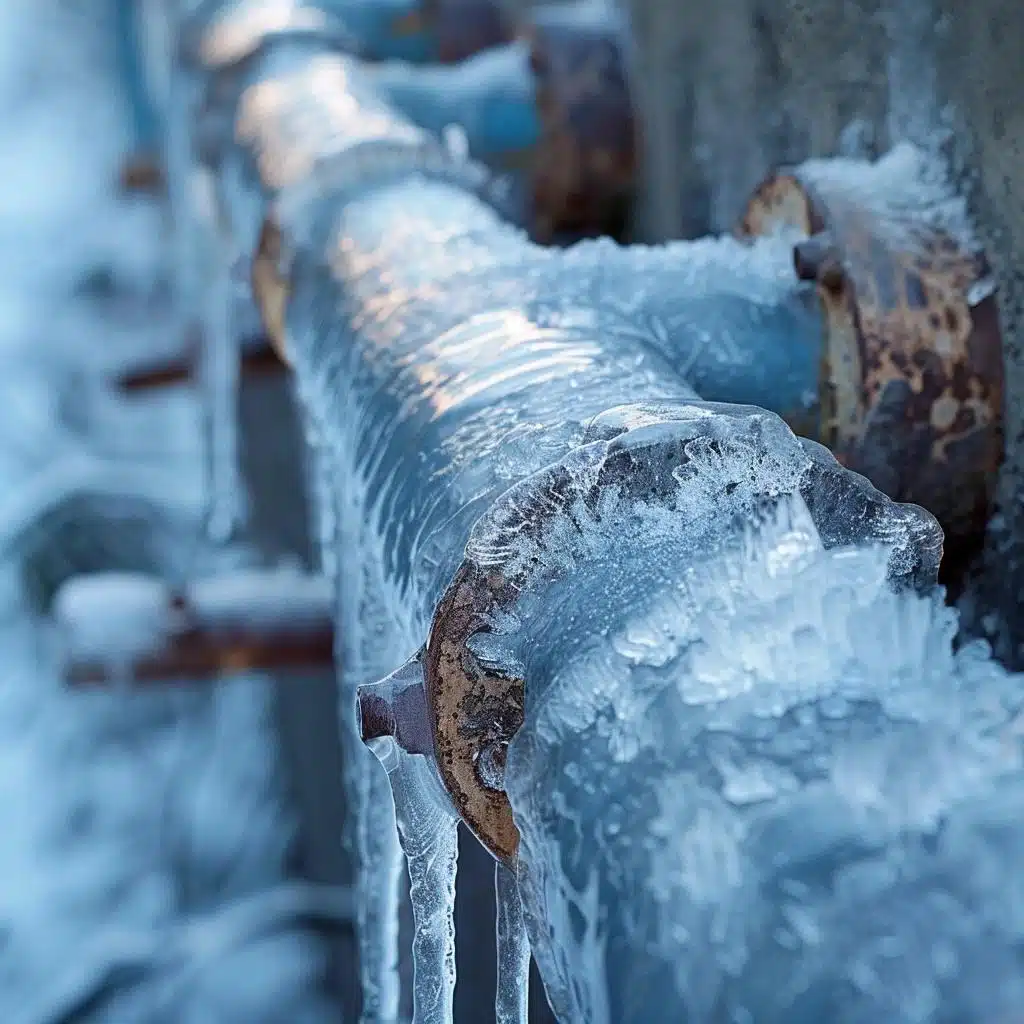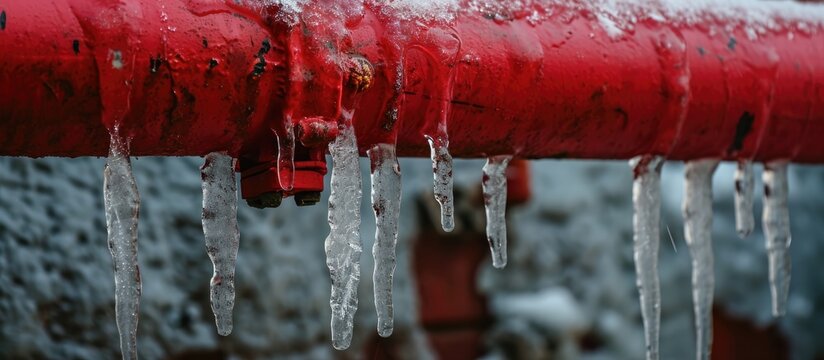Avoiding Frozen Pipes in Cold Weather: Essential Advice
Avoiding Frozen Pipes in Cold Weather: Essential Advice
Blog Article
The writer is making a number of good annotation on the subject of Preventing and dealing with frozen pipes as a whole in the article underneath.

Winter can ruin your plumbing, particularly by freezing pipelines. Below's how to prevent it from happening and what to do if it does.
Introduction
As temperatures decline, the threat of icy pipelines boosts, potentially resulting in costly repairs and water damages. Comprehending exactly how to prevent icy pipes is essential for homeowners in cool climates.
Understanding Frozen Pipelines
What causes pipelines to ice up?
Pipes ice up when exposed to temperature levels listed below 32 ° F (0 ° C) for extended durations. As water inside the pipelines freezes, it broadens, taxing the pipeline walls and potentially creating them to break.
Dangers and damages
Frozen pipelines can cause water system disruptions, property damages, and pricey repair services. Burst pipelines can flooding homes and trigger considerable structural damages.
Indications of Frozen Water Lines
Recognizing frozen pipes early can prevent them from bursting.
How to recognize icy pipes
Search for lowered water circulation from faucets, unusual smells or noises from pipes, and noticeable frost on subjected pipes.
Avoidance Tips
Protecting prone pipelines
Wrap pipes in insulation sleeves or make use of heat tape to protect them from freezing temperatures. Focus on pipelines in unheated or exterior locations of the home.
Heating strategies
Keep interior rooms properly heated up, specifically locations with plumbing. Open up closet doors to allow cozy air to flow around pipes under sinks.
Protecting Exterior Pipes
Yard hoses and outside faucets
Disconnect and drain yard hose pipes prior to winter season. Install frost-proof spigots or cover outside taps with shielded caps.
What to Do If Your Pipelines Freeze
Immediate activities to take
If you suspect frozen pipelines, maintain taps open up to relieve pressure as the ice thaws. Make use of a hairdryer or towels taken in hot water to thaw pipes slowly.
Long-Term Solutions
Architectural modifications
Think about rerouting pipes far from outside walls or unheated locations. Add extra insulation to attic rooms, basements, and crawl spaces.
Updating insulation
Purchase premium insulation for pipelines, attics, and wall surfaces. Appropriate insulation helps keep constant temperature levels and lowers the threat of frozen pipelines.
Final thought
Stopping icy pipelines requires aggressive measures and quick actions. By comprehending the reasons, indicators, and preventive measures, home owners can shield their pipes during winter.
5 Ways to Prevent Frozen Pipes
Drain Outdoor Faucets and Disconnect Hoses
First, close the shut-off valve that controls the flow of water in the pipe to your outdoor faucet. Then, head outside to disconnect and drain your hose and open the outdoor faucet to allow the water to completely drain out of the line. Turn off the faucet when done. Finally, head back to the shut-off valve and drain the remaining water inside the pipe into a bucket or container. Additionally, if you have a home irrigation system, you should consider hiring an expert to clear the system of water each year.
Insulate Pipes
One of the best and most cost-effective methods for preventing frozen water pipes is to wrap your pipes with insulation. This is especially important for areas in your home that aren’t exposed to heat, such as an attic. We suggest using foam sleeves, which can typically be found at your local hardware store.
Keep Heat Running at 65
Your pipes are located inside your walls, and the temperature there is much colder than the rest of the house. To prevent your pipes from freezing, The Insurance Information Institute suggests that you keep your home heated to at least 65 degrees, even when traveling. You may want to invest in smart devices that can keep an eye on the temperature in your home while you’re away.
Leave Water Dripping
Moving water — even a small trickle — can prevent ice from forming inside your pipes. When freezing temps are imminent, start a drip of water from all faucets that serve exposed pipes. Leaving a few faucets running will also help relieve pressure inside the pipes and help prevent a rupture if the water inside freezes.
Open Cupboard Doors
Warm your kitchen and bathroom pipes by opening cupboards and vanities. You should also leave your interior doors ajar to help warm air circulate evenly throughout your home.

Do you really like more info about How To Avoid Freezing Pipes? Try to leave a short review directly below. We'd be glad to find out your insights about this post. We hope to see you back again in the future. Do you know about another individual who is serious about the topic? Take a moment to share it. I treasure reading our article about How to Prevent Your Pipes From Freezing.
Request A Quote Report this page